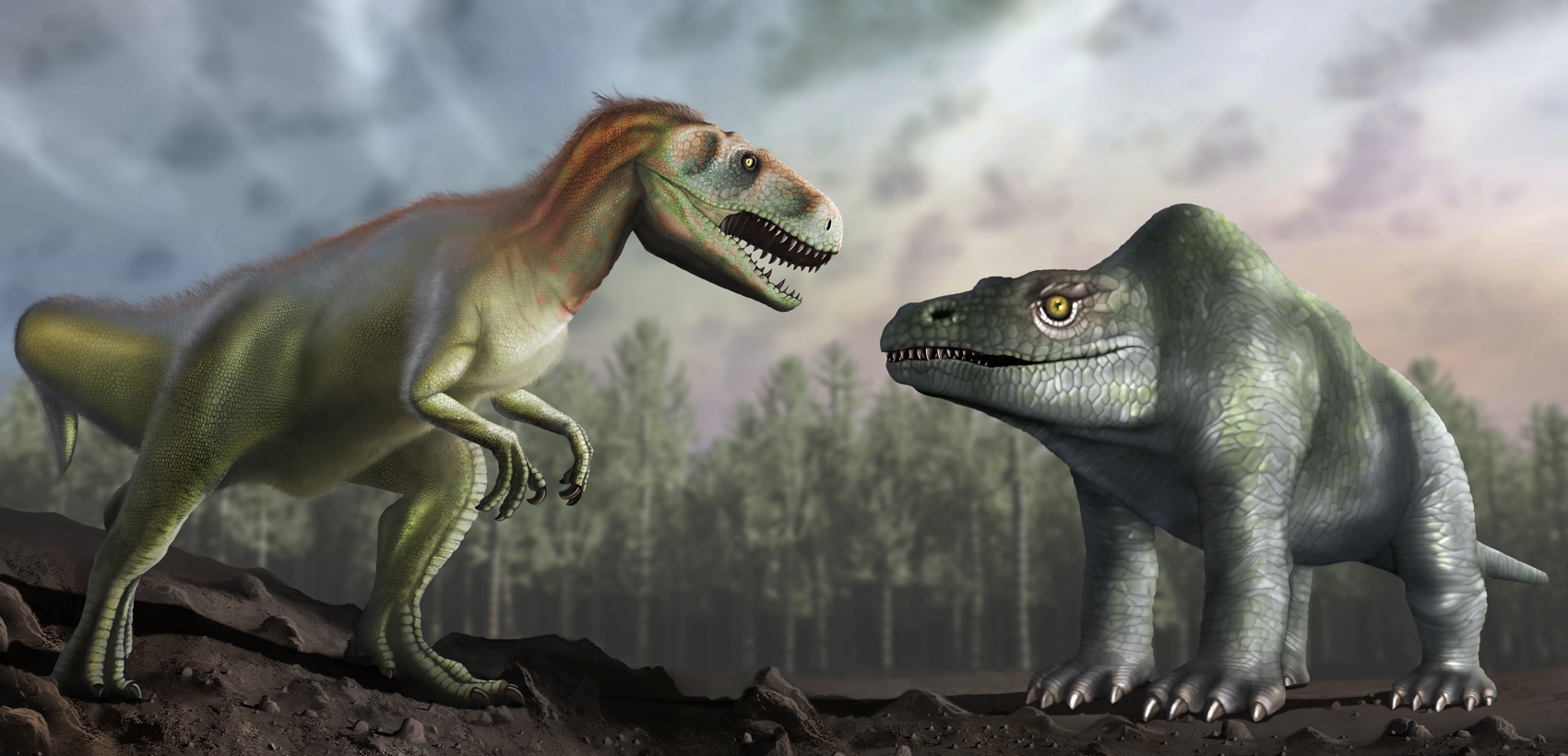Victorians Missed Key Dental Detail in 1st Dinosaur Ever Named

Victorian researchers missed a key dental detail when they described Megalosaurus, the first dinosaur on record to get a scientific name, a new study finds.
When William Buckland (1784-1856) — an English theologian, geologist and paleontologist — described the Jurassic-age carnivore in 1824, he named it Megalosaurus. The genus name means "great lizard" in Greek, as Buckland knew the fossil belonged to an ancient reptile.
But during his Megalosaurus inspection, Buckland missed five teeth hidden in the creature's jawbone — a finding that a computed tomography (CT) scan recently uncovered, researchers at the University of Warwick and the University of Oxford in the United Kingdom announced yesterday (June 7). [7 Surprising Dinosaur Facts]
In the recent scan, researchers took more than 3,000 X-rays of the 167-million-year-old Megalosaurus jawbone, and then used computer software to piece the X-rays together into a 3D digital image.
The scan revealed that the jawbone was damaged, likely when it was removed from the rocky ground in southern England. In fact, records at the Oxford University Museum of Natural History, where the specimen is on display, as well as information from the CT scans, suggest that the fossil underwent two phases of repair with different types of plaster, likely when a museum assistant did restoration work on the fossil between 1927 and 1931, the researchers said.
More importantly, the scan showed that the 30-foot-long (9 meters), 3,000-lbs. (1,400 kilograms) dinosaur had previously unknown teeth that were growing deep within its jaw when the animal was still alive. These included the remains of old, worn teeth and newly growing teeth, the researchers said.
"Being able to use state-of-the-art technology normally reserved for aerospace and automotive engineering to scan such a rare and iconic natural history specimen was a fantastic opportunity," said Mark Williams, a professor in the Warwick Manufacturing Group at the University of Warwick.
Sign up for the Live Science daily newsletter now
Get the world’s most fascinating discoveries delivered straight to your inbox.
The new research has yet to be published in a peer-reviewed journal, but it was presented last month at the IEEE International Instrumentation and Measurement Technology Conference in Turin, Italy.
Original article on Live Science.

Laura is the archaeology and Life's Little Mysteries editor at Live Science. She also reports on general science, including paleontology. Her work has appeared in The New York Times, Scholastic, Popular Science and Spectrum, a site on autism research. She has won multiple awards from the Society of Professional Journalists and the Washington Newspaper Publishers Association for her reporting at a weekly newspaper near Seattle. Laura holds a bachelor's degree in English literature and psychology from Washington University in St. Louis and a master's degree in science writing from NYU.










